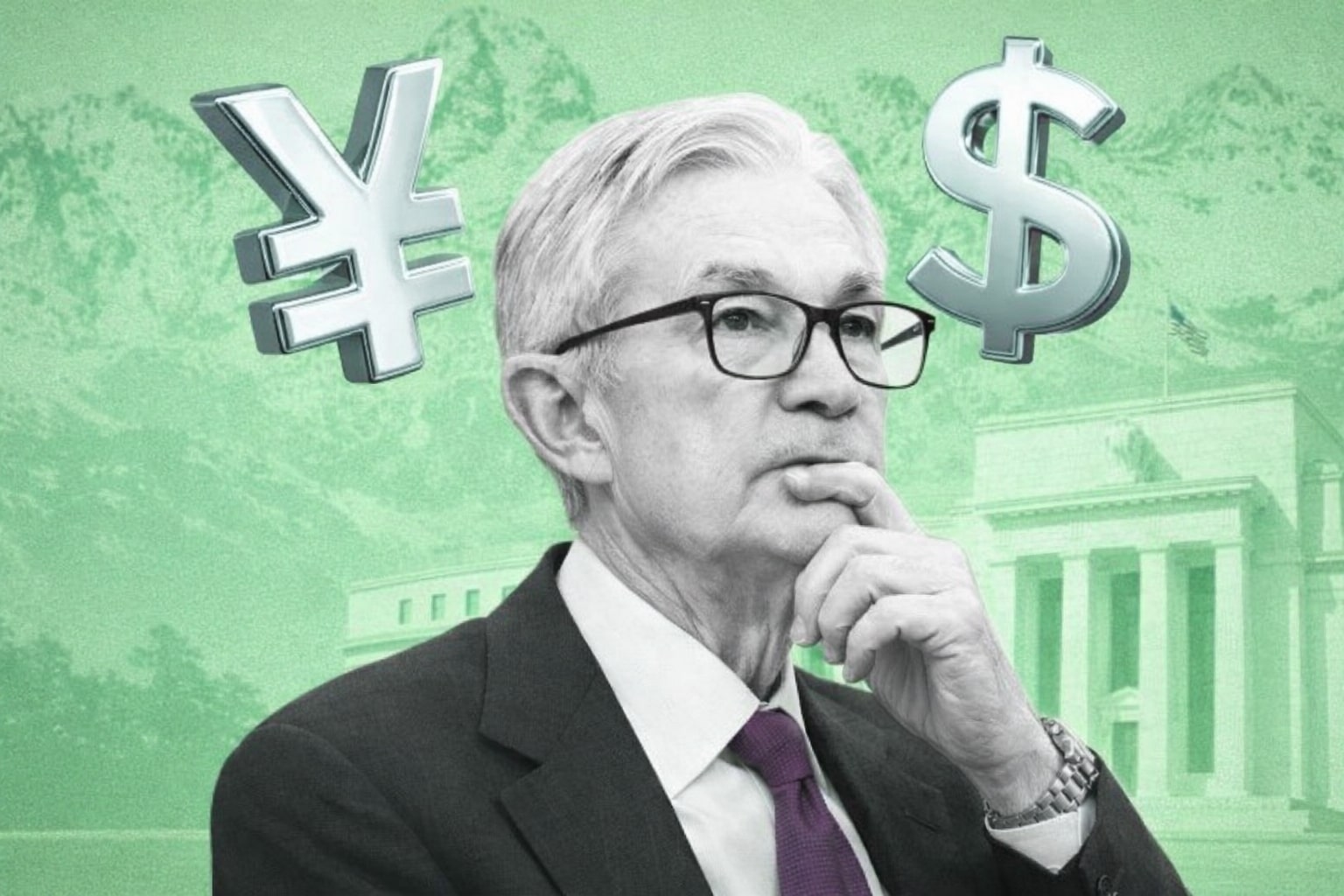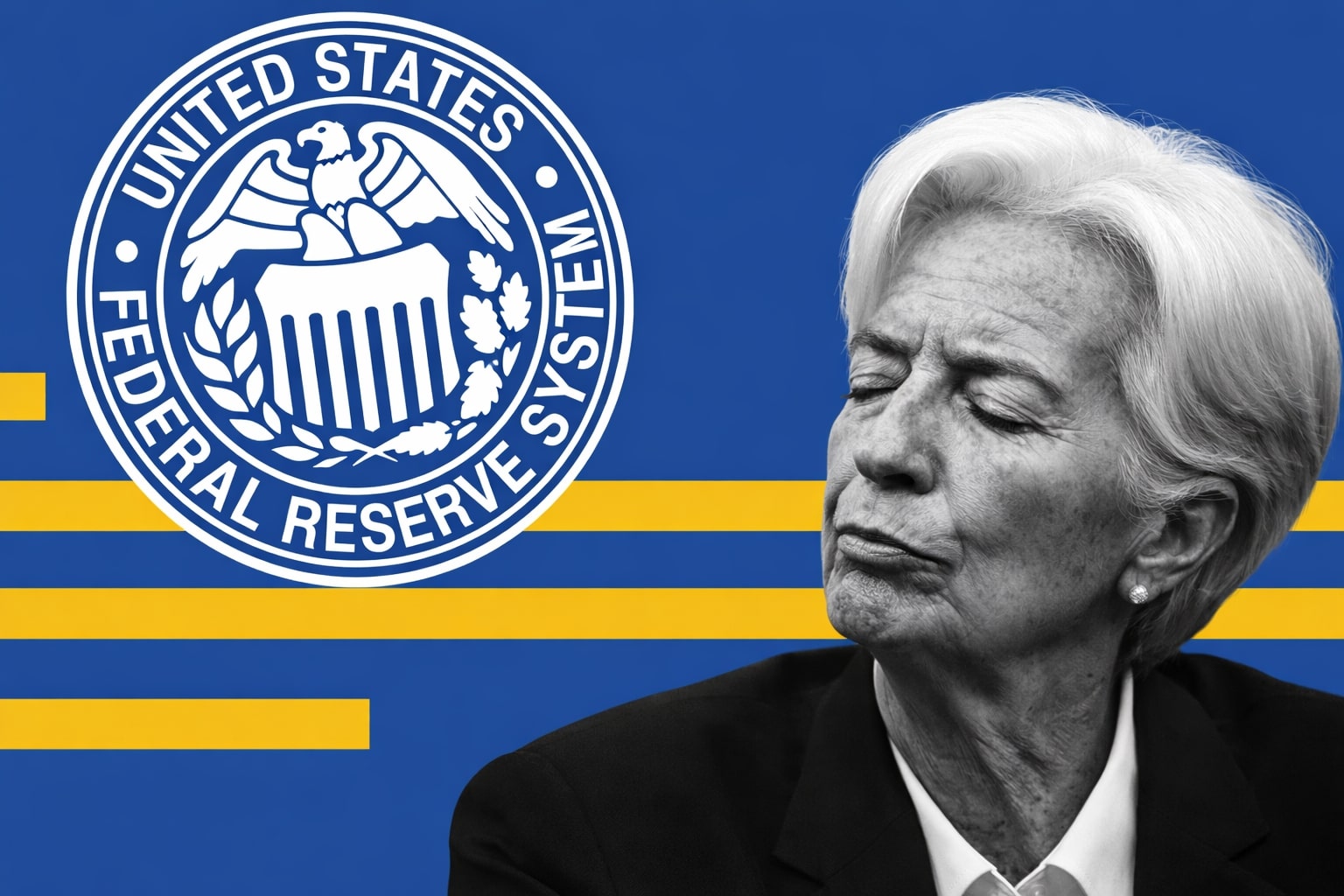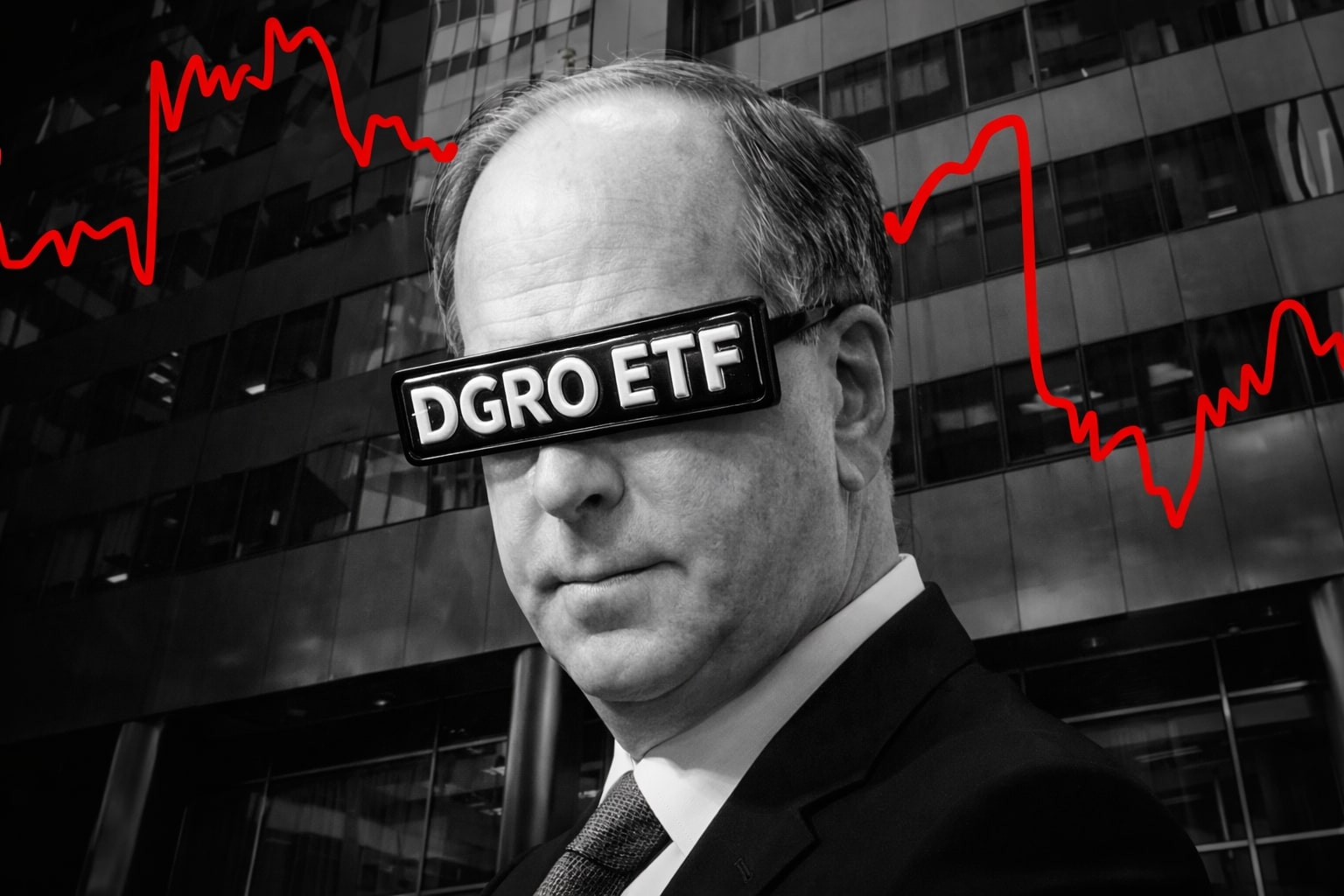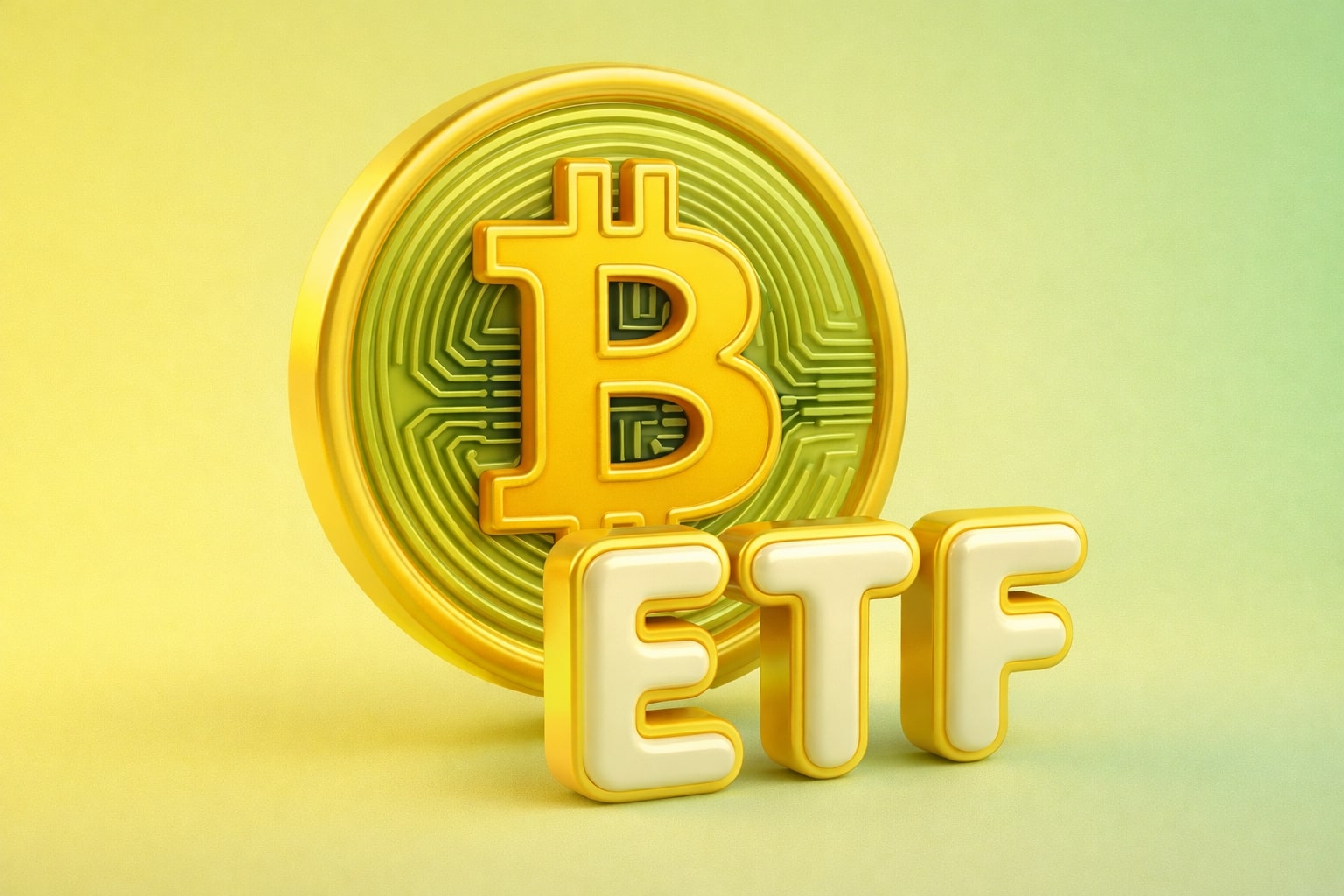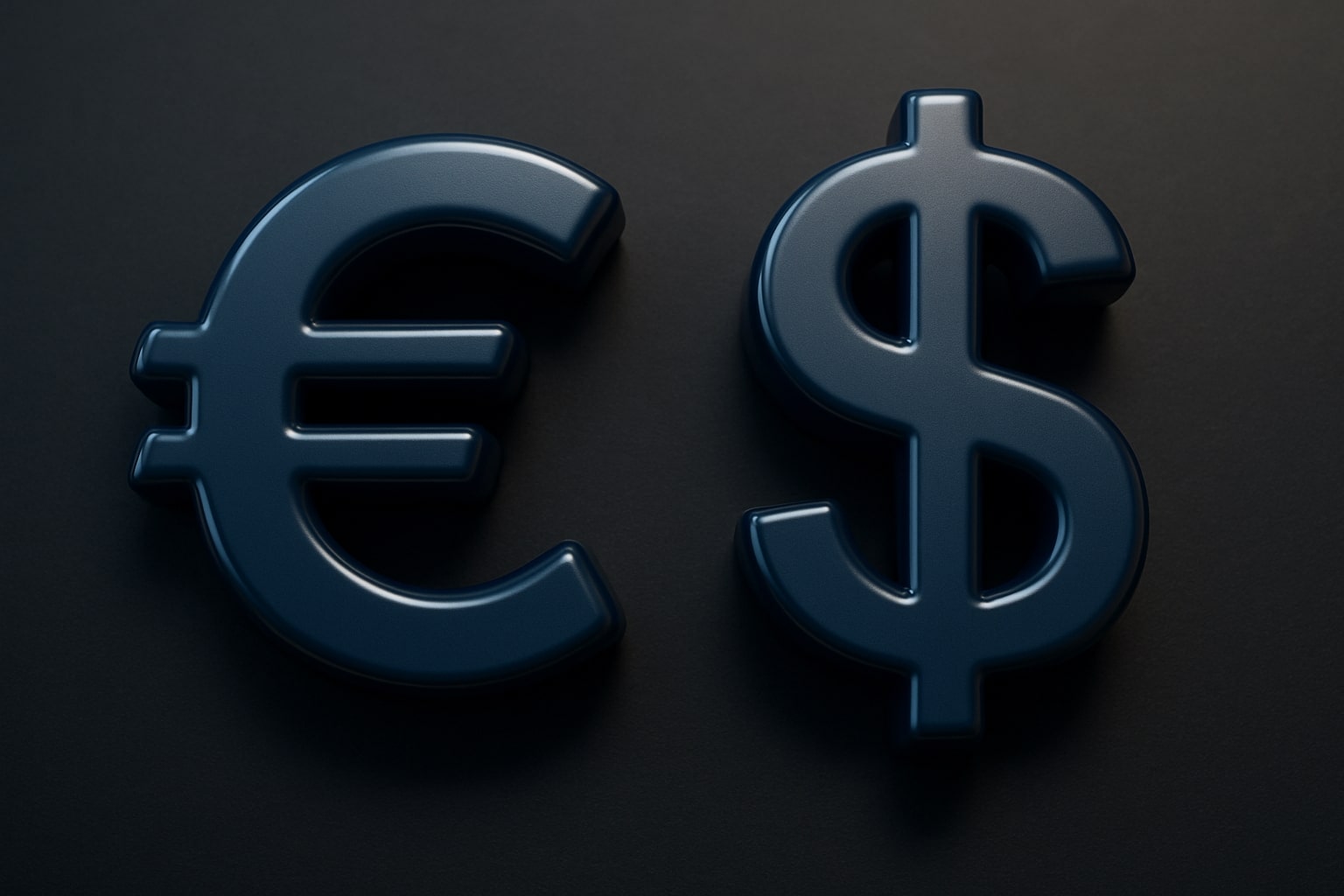
EUR/USD Price Climbs Back Towards 1.17 on Fed Rate-Cut Odds and Tariff Worries
Euro gains ground after U.S. jobless claims rise and Trump’s new tariffs renew dollar pressure, setting up a make-or-break test of near-term resistance | That's TradingNEWS
EUR/USD Price Action Amid Fed Dovishness and Trade Fears
EUR/USD (EUR/USD) has rallied from the week’s low of 1.1390 to challenge the 1.1675–1.1680 zone, propelled by renewed speculation that the Federal Reserve will initiate rate cuts in September and intensifying U.S. trade tensions. President Trump’s decision to raise Indian tariffs to 50% and threaten 15% levies on Japanese imports has stoked concerns over global growth and weighed on the U.S. dollar, helping the euro recoup losses. Comments from Fed officials—Minneapolis Fed’s Neel Kashkari, San Francisco Fed’s Mary Daly and Governor Lisa Cook—all championing rate reductions, have reinforced market pricing for a 25-basis-point cut in September (now seen at over 90% probability via CME’s FedWatch).
EUR/USD Technical Confluence at Critical Chart Barriers
On the 4-hour chart, EUR/USD has encountered the confluence of a key Order Block around 1.1680 and a Fair Value Gap just above it—a dual resistance that previously triggered a swift decline. The pair’s rebound found support at the 200-period SMA near 1.1450 and has reclaimed the ascending channel from March–June, with price now testing the 50-period EMA at 1.1559. The RSI sits at 55.76, newly above neutral, and the MACD histogram shows narrowing negative momentum, hinting at a potential bullish crossover. A clear break above 1.1700–1.1730 would unlock targets at 1.1800 and the psychological 1.2000 level, while failure here risks a return toward 1.1600 and the 100-period SMA at 1.1385.
Macro Data Driving Euro and Dollar Divergence
The U.S. labor market’s cooling—initial jobless claims rose to 226,000 from 219,000 and continuing claims hit 1.974 million, the highest since November 2021—has amplified expectations for Fed easing. Concurrently, the ISM Services PMI unexpectedly dipped to 50.1 in July versus 50.8 prior, underscoring stagflation risks. On the Eurozone front, services PMI edged down slightly but stayed in expansionary territory, while Germany’s industrial production and trade balance releases later today are poised to influence EUR/USD direction. ECB President Christine Lagarde’s inflation report at 11:00 AM CET will further highlight policy divergence as markets weigh an 80% chance of Fed cuts by September against just 60% odds for ECB rate relief by year‐end.
Market Positioning and Sentiment Shifts
Investor positioning reflects a modest euro bias: options skew shows increasing open interest in EUR calls at the 1.1700 strike, while speculative portfolios have trimmed U.S. dollar longs. Scotiabank analysts note that last Friday’s euro bounce from 1.1400 still has room to extend toward 1.1800, though they caution that any advance will test seller interest around 1.1705. Meanwhile, ING highlights that Trump’s Fed nominations—from hawkish Kevin Warsh to dovish Kevin Hassett—could inject further volatility, with Warsh seen as USD-friendly and potentially capping euro gains.
Trading Strategy: Positioning on EUR/USD
Given the technical blockade at 1.1680–1.1730 and the potent mix of Fed dovishness, U.S. economic softness, and trade-war jitters, a disciplined approach is warranted. Consider establishing euro longs on dips into the 1.1600–1.1620 band, targeting a sustained breach of 1.1730 for exits around 1.1800. Alternatively, failure to clear 1.1680 can warrant short positions with stops above 1.1720, seeking a slide back to 1.1550. Risk management should keep stops within 30–40 pips of entry, respecting the pair’s heightened sensitivity to policy announcements and geopolitical headlines.
That's TradingNEWS
Read More
-
DGRO ETF Price: Is DGRO at $69.17 Still the Better Dividend-Growth Bet?
17.12.2025 · TradingNEWS ArchiveStocks
-
XRP Price Stuck Below $2 As XRPI at $10.74 and XRPR at $15.26 Ride $1B+ ETF Inflows
17.12.2025 · TradingNEWS ArchiveCrypto
-
Natural Gas Price Forecast - NG=F Steady Near $4 as TTF Jumps on Colder Forecasts and LNG Outage Risk
17.12.2025 · TradingNEWS ArchiveCommodities
-
USD/JPY Price Forecast: USDJPY=X 155.50 Pivot Before BoJ Hike and US CPI
17.12.2025 · TradingNEWS ArchiveForex














